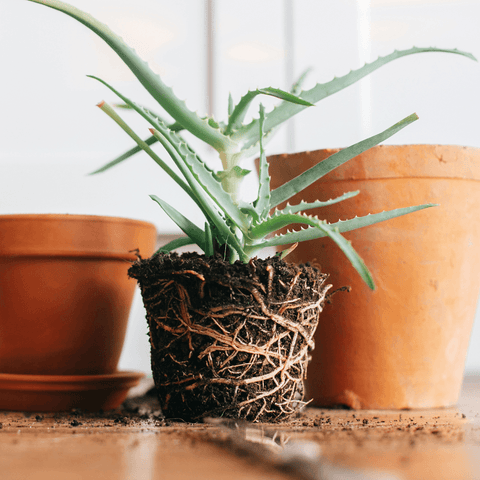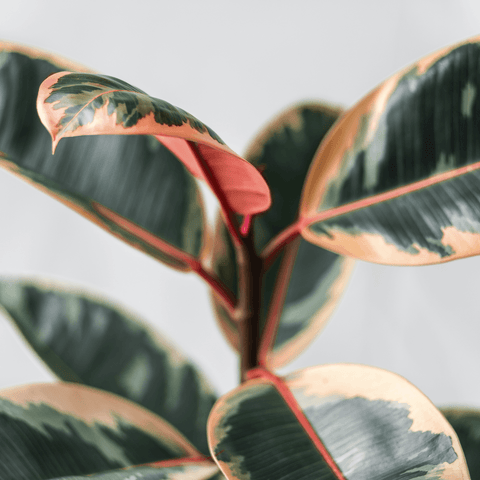Are you feeling a bit overwhelmed when it comes to repotting your plants? You’re not alone! Repotting can seem like a daunting task, but with the right tips and tricks, it can be a breeze.
At its core, repotting is all about changing a plant’s soil or potting mix. This is great news if you’re looking to purchase a new planter, or if your plant has visibly outgrown its current vessel. When picking out a new planter, aim for something no more than 2" larger in diameter for tabletop planters, and no more than 4" larger in diameter for floor planters. If you're repotting a very small plant, your new planter might only need to be an inch larger! It’s important to keep in mind that the larger the planter, the more water we tend to give it; small plant + oversized planter + lots of soil + lots of water = accidentally killing with kindness.
The best time to repot your plants is during the spring, at the start of the growing season. Generally, plants benefit from being repotted every 12-18 months, depending on how actively they are growing. Some slower-growing plants like cacti may only need a soil replenishment.
Some signs that it’s time to repot include: roots growing through the drainage hole(s) at the bottom of the pot; roots pushing the plant up and almost out of the planter; slower-than-normal growth; extremely top-heavy plants; potting mix drying out quickly; foliage larger than three times the size of its current planter; and salt/mineral build-up on the plant or planter.
To make your repotting experience as stress-free as possible, here’s what you’ll want handy: Your current or new plant; fresh potting mix; the planter you’re potting into (if reusing a planter, make sure to give the interior a good rinse!); lava rocks or similar (if your planter does not have a drainage hole); gloves (if you’re handling a plant with irritating sap); a watering can, water bottle, or sink faucet; and a potting tarp, newspaper, or surface you can easily clean.
Follow these simple steps for repotting success:
1) remove the plant from its current planter or grow pot
2) loosen the roots
3) remove the old potting mix
4) add new potting mix
5) add your plant
6) water and enjoy!
After repotting, it’s not necessary to give your plant fertilizer right away.
It’s time to take on repotting with confidence! Keep these tips in mind for happy and healthy houseplants.





Comments (0)
There are no comments for this article. Be the first one to leave a message!